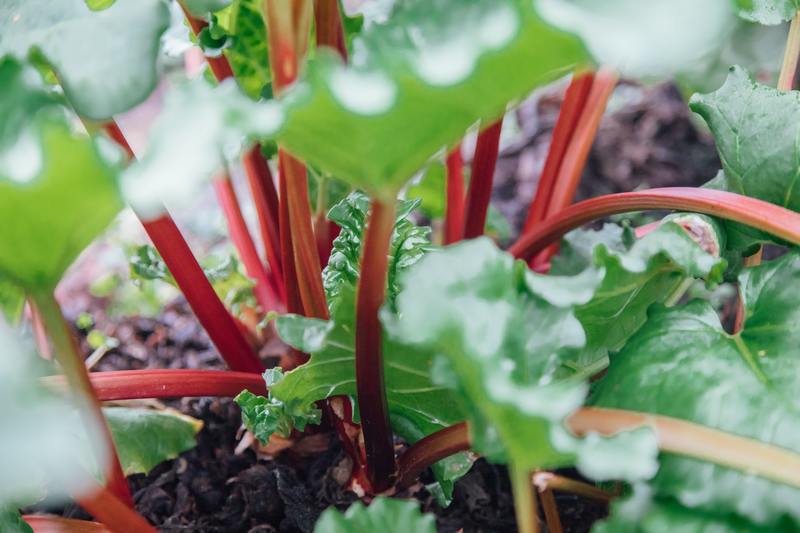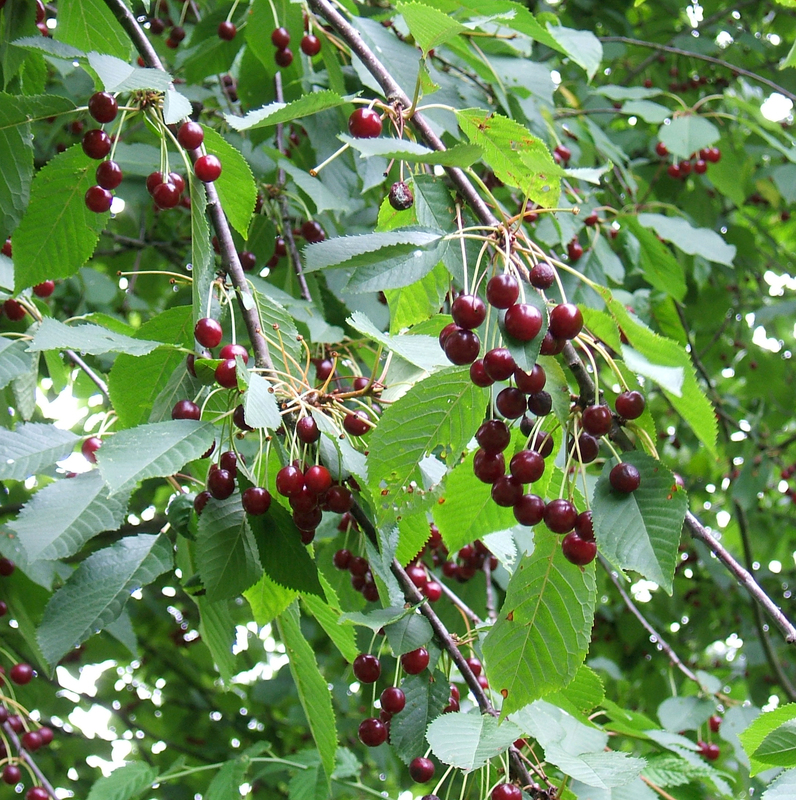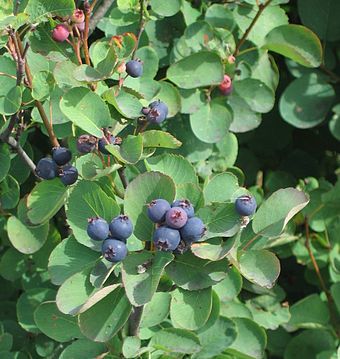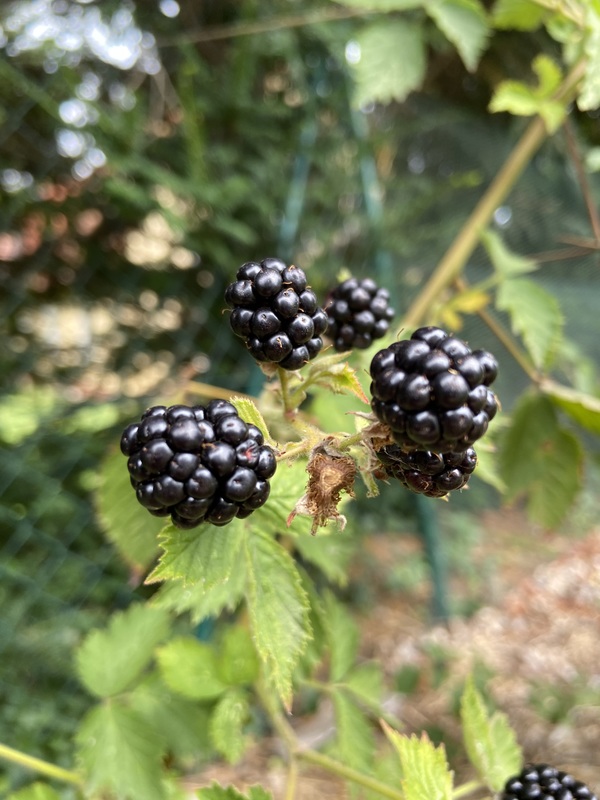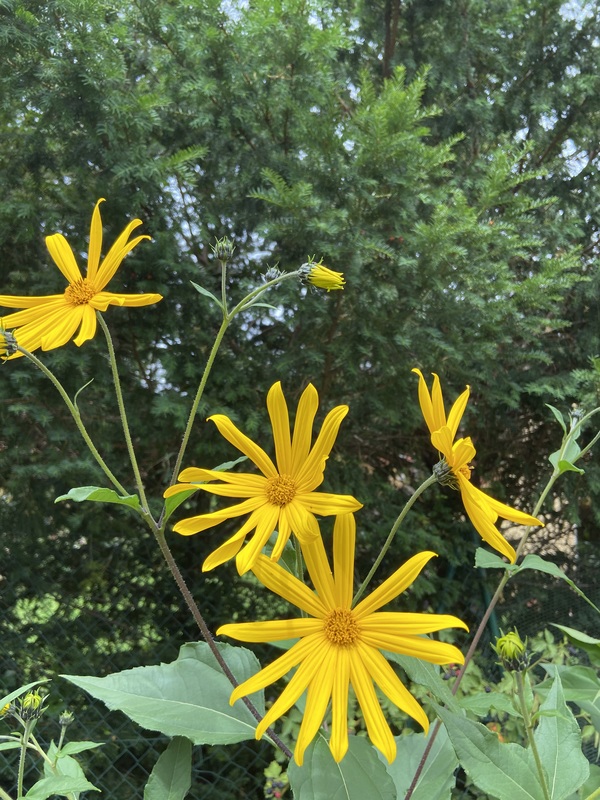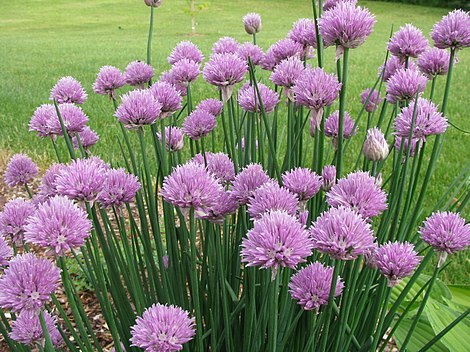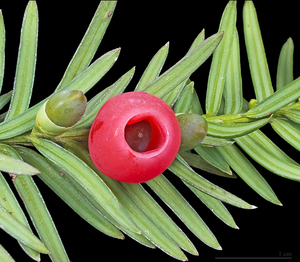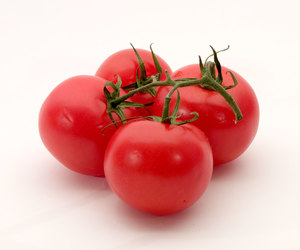Description
Northern Highbush Blueberry (Vaccinium corymbosum) is a type of blueberry plant native to the eastern and central United States and Canada. It is a shrub that typically grows to a height of 5-12 feet, with a spreading, upright habit. The leaves are deciduous, elliptical in shape, and about 2-3 inches long. The flowers are white, bell-shaped, and about ¼ inch long. The fruit is a small, round, blue-black berry that is edible and delicious.
Northern Highbush Blueberry is typically grown in well-drained, acidic soil in full sun. It requires regular watering and pruning to maintain its shape and promote fruit production. The plant can be differentiated from similar plants by its white flowers, elliptical leaves, and blue-black berries.
The edible fruit of Northern Highbush Blueberry can be stored after harvest by freezing or drying. The plant has a number of uses, including as a source of fresh fruit, in jams and jellies, and in baking. It is also prized for its antioxidant and anti-inflammatory properties, and has been used in traditional medicine to treat a variety of ailments.
Northern Highbush Blueberry is an important food source for a variety of wildlife, including birds and small mammals. The plant is valued for its ability to attract pollinators, and for its contributions to soil health and ecosystem diversity.

